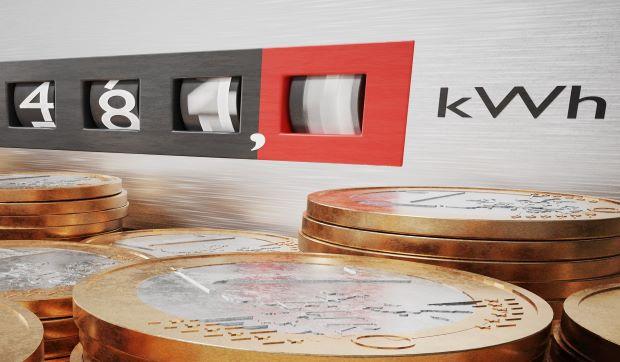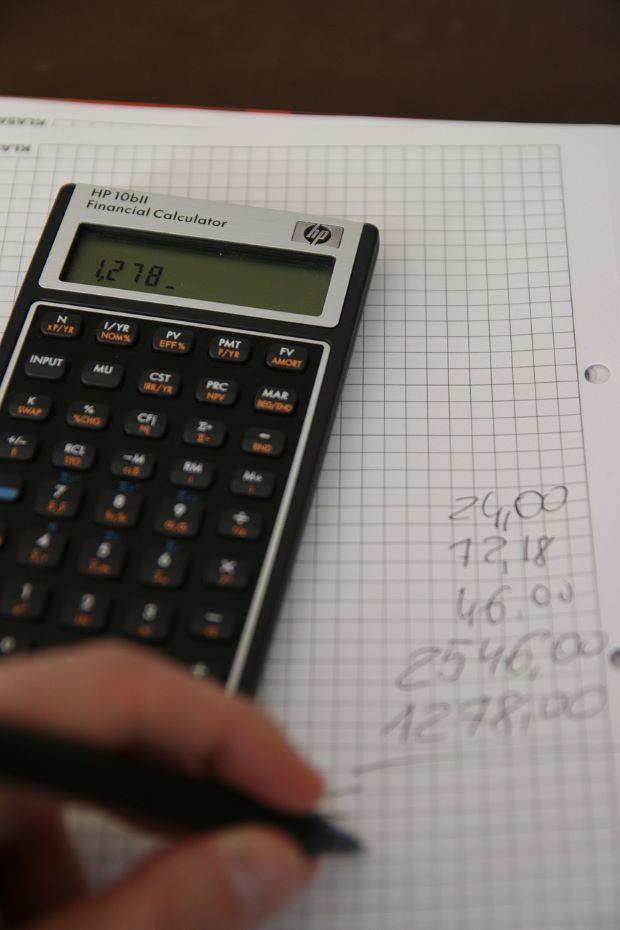To size your home’s photovoltaic system, you will need to calculate your energy needs, also considering the latitude of your home.
How to size a home photovoltaic system
Per size correctly and photovoltaic systemseveral factors need to be considered.
The first step is to calculate the energy requirement annual consumption of the home, adding together the consumption of all the appliances in watts or amperes, or using an average consumption per family.
Next, it will be necessary to evaluate the geographical position: in fact, the production of a plant varies according to the latitude.
Energy consumption assessment – Getty Images
Once the energy needs of the house have been estimated to know the right square meters of the photovoltaic system, it will be necessary to consider that, on average, it will take 7-10 m² for each kW to be installed.
Finally, when sizing a photovoltaic system, it is advisable to plan for a oversizing of about the 10-20% compared to the calculated energy requirement.
This additional margin is used to cover any unexpected peaks in consumption or future increases, such as the purchase of new appliances or the switch to electric heating and cooling systems.
Energy production of a photovoltaic system in Italy
In Italiathe production of a photovoltaic panel varies depending on the geographical position and environmental conditions: on average, a 1 kW system can produce between 1,100 and 1,500 kWh per year.
The regions of the sudsunnier, allow for greater production compared to nordwhere solar radiation is lower.
 Installing solar cloths on a roof – Getty Images
Installing solar cloths on a roof – Getty Images
For example, in Sicily, a panel can produce approximately 1.500 kWh per kW installed per year, while in Lombardy the production drops to approximately 1.100 kWh.
The efficiency of the system also depends on the orientation and inclination of the panels. An optimal inclination of approximately 30-35 degrees and a south-facing orientation will ensure maximum yield.
Finally, atmospheric conditions, such as cloudiness, can also affect production, slightly reducing the amount of energy generated.
Calculating consumption in watts
Every household appliance has aenergy label which indicates the power consumption in wattsor the amount of energy it consumes when it is in operation.
 Electricity meter – Getty Images
Electricity meter – Getty Images
Although this value is often a little higher than the actual consumption, it can be used to estimate the kWh required.
Here’s the procedure:
- Multiply the indicated power value (in watts) by the hours of daily use of the appliance. In case of a power range, take the average value;
- Convert watt-hours to kilowatt-hours (kWh) by dividing by 1,000;
- Multiply by 30 days to get monthly consumption or by 365 days to get annual consumption;
By following these simple steps, it will be possible estimate precisely the energy consumption of household appliances and consequently, also the square meters needed for the installation of solar panels considering that on average, they are needed 7-10 m² for each kW installed.
Simplified calculation with average family consumption
It is possible to make a simpler calculation using the consumption average:
- In Italy, an average family of 3 – 4 people consumes between 2,700 and 3,500 kWh per year;
- Calculate the power required for the photovoltaic system. Considering that a system produces between 1,100 and 1,500 kWh for each kW installed, it will be enough to divide the annual consumption by the average production of your area.
Here is a example practical: for a consumption of 3,000 kWh per year, in an area that produces 1,300 kWh/kW, a system of approximately 2.3 kW will be necessary.
The calculation is quickly done, 3,000 kWh ÷ 1,300 kWh/kW = 2.3 kW.
Using this method, you will be able to quickly get a esteem of the photovoltaic system sizing based on average data, simplifying the calculations.
How to convert consumption in amps to consumption in kW
When the label of an appliance reports the consumption in ampere (A) Instead of watts, you can calculate the kW consumed by following these simple steps:
- Multiply the value in amperes by the mains voltage, which in Italy is 230 V, to obtain the power in watts;
- Multiply the watts obtained by the hours of daily use;
- Convert the result to kilowatt-hours (kWh) by dividing by 1,000;
- Multiply daily consumption by the number of days in the year or month to estimate total consumption.
Practical example for an oven that consumes 7 A and works for 2 hours a day:
- 7 A x 230 V = 1.610 watt
- 1.610 watt x 2 ore = 3.220 wattora
- 3.220 wattora ÷ 1.000 = 3,22 kWh
This method allows you to quickly calculate the energy consumption starting from the ampere value and then arriving, as above, at the final estimate of the total kWh of the entire house.
What to do for an accurate calculation
To make a precise calculation of energy consumption and correctly sizing the photovoltaic system, it is important monitor their own habits for a certain period of time.
 It will also be possible to make precise calculations – Photo Pixabay
It will also be possible to make precise calculations – Photo Pixabay
This allows you to obtain a accurate average of the consumption of each appliance. For example, in the case of the oven, there will be days when it will be used for two hours, while on others it may not be turned on at all.
Collecting data over a longer period will allow us to have a more accurate estimate. realistic possible actual consumption.
Only with an overview of usage habits will it be possible to reliably calculate the overall energy requirement and, consequently, to optimally size the photovoltaic system.
Tools for precise measurement of electricity consumption
To avoid all these calculations, we recommend using the electricity consumption meters.
These are simple to use devices that connect directly to the power outlet and measure energy consumption in real time.
Besvic Electricity Consumption Meter
These tools provide precise data in watts and kilowatt-hours (kWh), helping you understand how much energy each appliance consumes when in operation.
This way, you can monitor your consumption without having to make manual estimates or calculations. Some advanced models can store data over multiple days, giving you a comprehensive overview of your usage habits.
Using an electricity consumption meter is the most practical and effective way to accurately estimate energy needs and correctly size the photovoltaic system.
Source: www.lavorincasa.it


 Besvic Electricity Consumption Meter
Besvic Electricity Consumption Meter